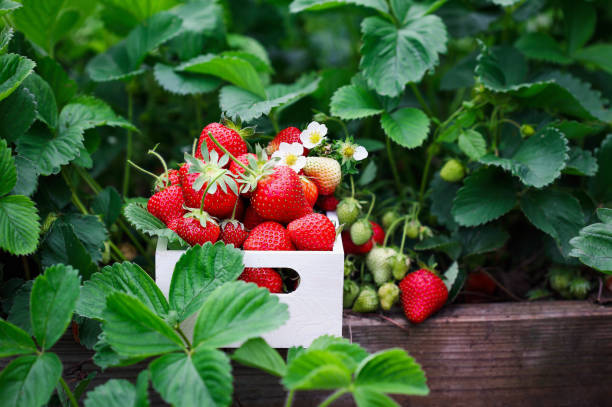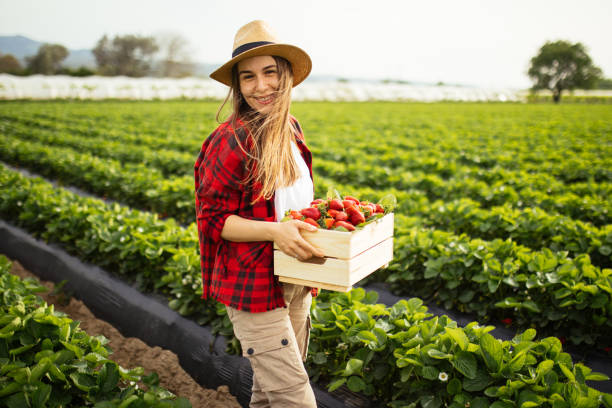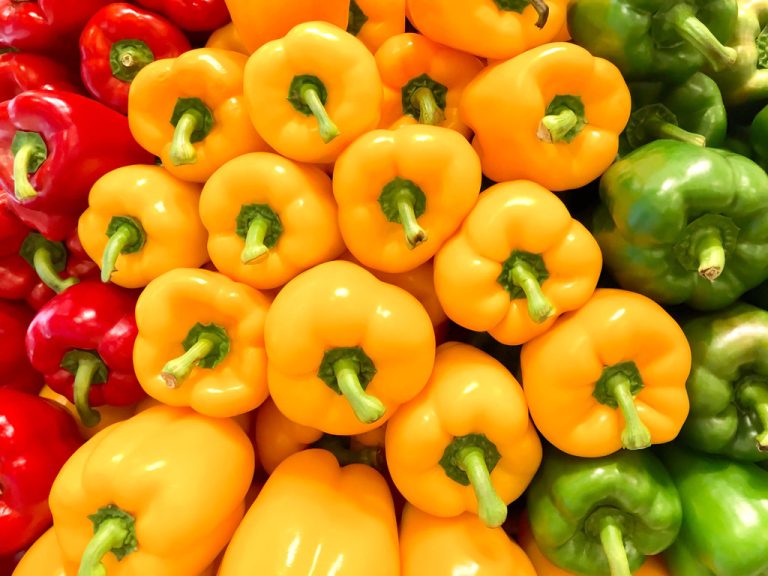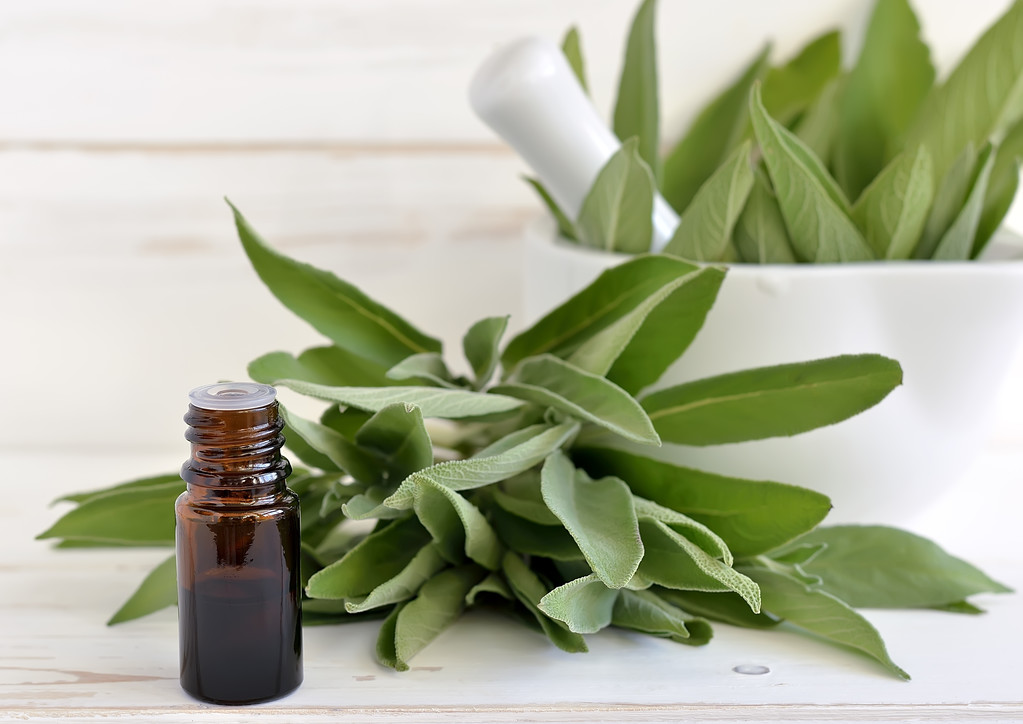Coffee farmers

Around 125 million people around the world make their living from the coffee industry. 25 million people among them are small farmers who support themselves and their families from growing coffee. Most of the coffee farmers are very poor and just manage to cover the production costs by selling the coffee beans. Due to numerous intermediate stations, only a small part of the coffee turnover usually reaches the farmers. Many of them lack direct access to markets.
Cooperatives
This can be remedied by cooperatives, which the coffee farmers join together to form. In cooperatives and associations, smallholders have more opportunities: a shared value chain strengthens their position towards buyers, mutual help and access to education ensure better product quality and thus a higher income.
New markets can be opened up. Coffee cooperatives take care of the collection, processing and drying of green coffee. The cooperative also takes care of the financial administration, the implementation of member decisions as well as the planning and implementation of projects and training courses. Marketing the coffee independently means there are no middlemen and the farmers’ yields increase.
Furthermore, many cooperatives strive for certification such as UTZ, Rainforest Alliance, organic or Fairtrade, since minimum prices, surcharges and additional premiums are paid here. In this way, all members are guaranteed a secure income and family support. All members decide together on the use of the bonus. This can be used for new purchases to process the coffee beans or for local purposes (infrastructure).
Without these associations, coffee farmers have little opportunity to make the cultivation and extraction of coffee more economical and to increase the quality of their products, as they do not have sufficient resources and know-how.
There is also the 4C Association, which aims to bring together all stakeholders in the coffee industry with the 4C code – Common Code for the Coffee Community – in order to promote the sustainability of the entire coffee value chain and to improve the situation of coffee farmers. However, the application of the 4C code is not mandatory, it is only done on a voluntary basis.
Harvesting methods
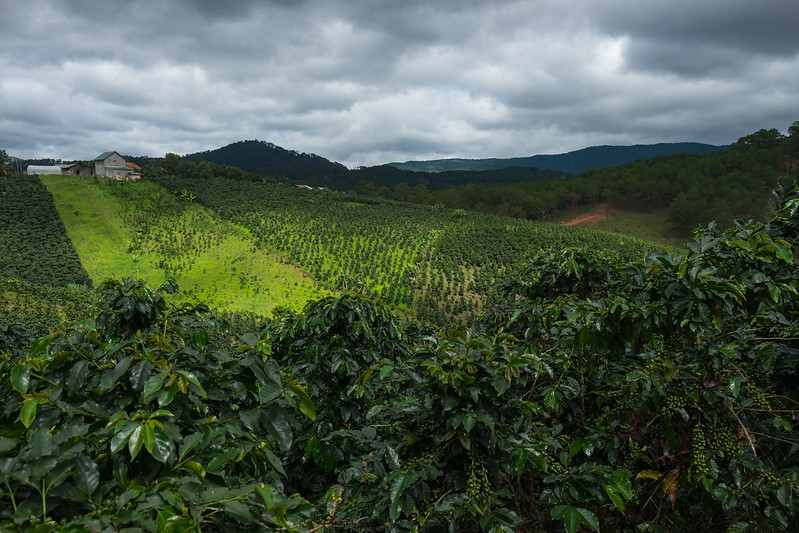
After three to four years, coffee trees deliver the first crops. The trees reach their maximum production capacity after six to eight years. After twenty years, the yields then gradually decline again. Depending on the growing area, the harvest period takes place in different months and usually lasts ten to twelve weeks. If the coffee cherries are ripe, they have to be harvested quickly, as they become overripe after just two weeks, sometimes even earlier.
There are three harvesting methods. These depend on the local conditions and resources, the quality requirements and the type of coffee.
Picking
When picking, the ripe coffee cherries are picked from the tree by hand. The unripe cherries remain on the tree and can continue to ripen. The picking guarantees a high quality because only ripe cherries are harvested and so a pre-sorting already takes place. However, this method is more expensive and time-consuming.
Stripping with a comb
With stripping, all coffee cherries, whether ripe, unripe or overripe, are harvested in one go. The plantation workers run along the branches with a comb and remove all the cherries. Sorting takes place later.
Machine stripping
With machine stripping, a machine is used to remove the coffee cherries, which removes all the coffee cherries from the branches in one go. Here, too, both ripe and unripe cherries are harvested. With the mechanical method, however, branches, leaves and stones also get into the harvested crop, which later has to be sorted out.
Processing methods
The coffee cherries are processed immediately after harvesting. There are three different processing methods that influence the taste and quality of the later coffee beans. The available resources also have an influence on the processing method.
Dry processing
The stripping method usually leads to the use of dry processing. With this processing method, coffee cherries of the same quality (size and ripeness) are spread out together on a surface to dry and turned several times a day. Drying takes three to five weeks. If you shake the cherries and hear the pits rattling inside, they are sufficiently dry.
In the next step, the flesh – also known as the pulp – and the parchment skin are removed so that only the beans with the silver skin remain. The beans are then sorted again and packed in sacks.
Wet processing
Almost only coffee cherries that have been picked by hand bring the quality required for wet processing. Also, this method is not suitable for a huge harvest and requires a large amount of water. The processing must take place no later than 24 hours after harvest. The coffee cherries are pre-sorted in the water basin or flume.
The cherries are then mechanically depulped (removal of the pulp), but in contrast to dry processing, the beans retain their parchment skin, to which remains of the pulp still stick. Now the fermentation – a fermentation in which the remaining pulp is detached from the bean – takes place. To do this, the beans remain in so-called fermentation tanks for one to two days. Once the fermentation process is complete, the beans are washed and dried. Drying takes place mechanically in a few hours or naturally in a few days in the sun. The natural drying produces the better quality. Finally, the parchment skin and as much of the silver skin as possible are removed. A final sorting before filling into bags guarantees the highest possible quality.
Semi-dry processing

Since a lot of water is required for wet processing, but this delivers better quality, semi-dry processing is used in some areas. With this processing method, there is no fermentation after depulping. The beans are dried without fermentation. Then the remaining pulp and the parchment skin are peeled off and the beans are filled into sacks. The finished, bottled green coffee is now ready for export.



